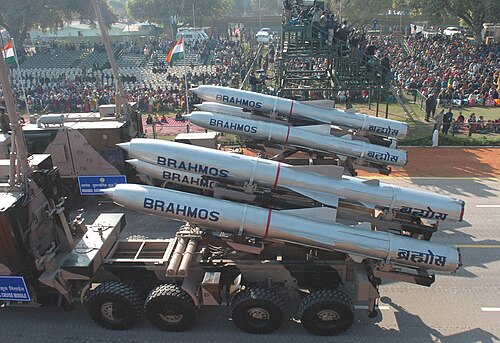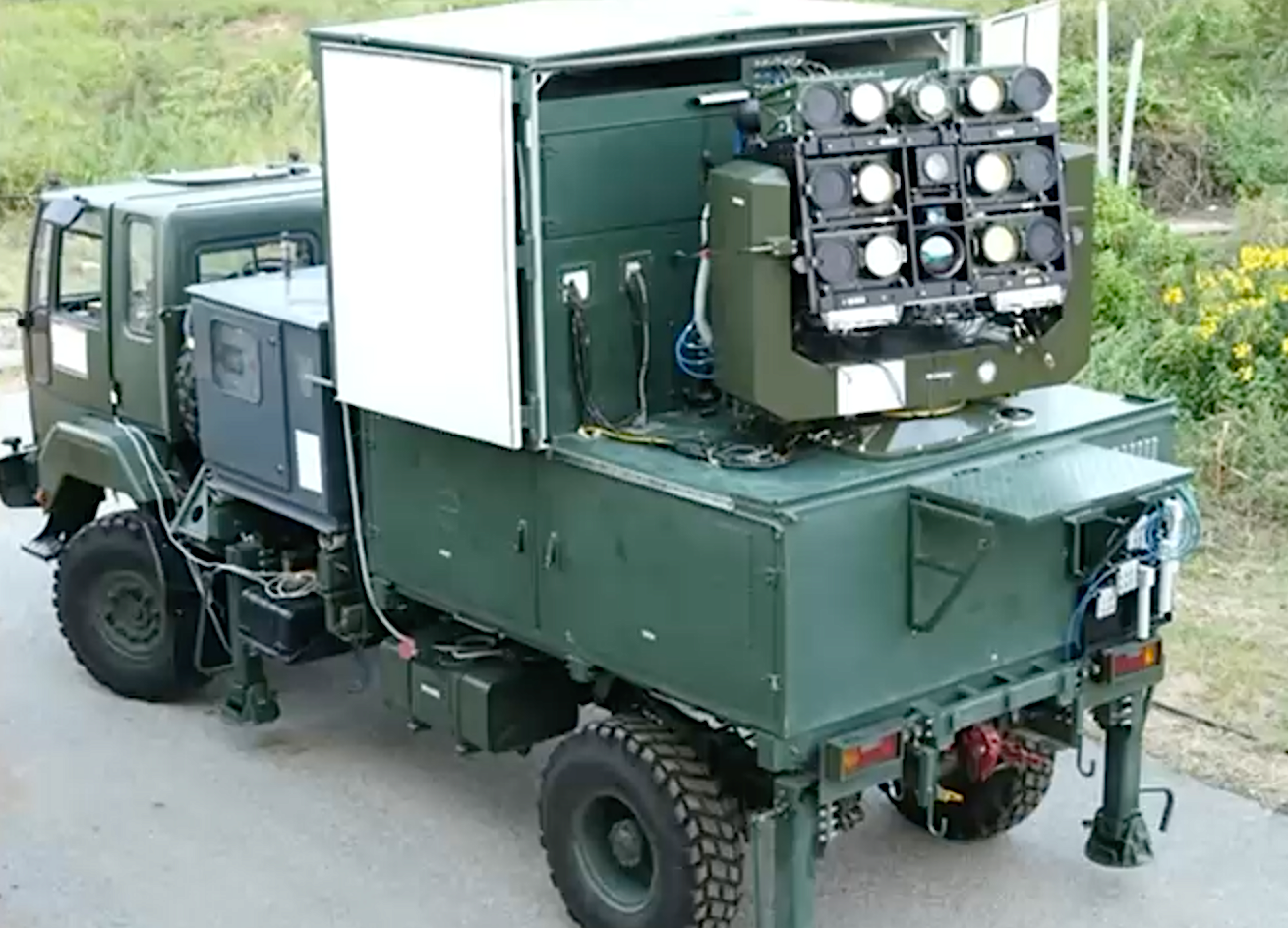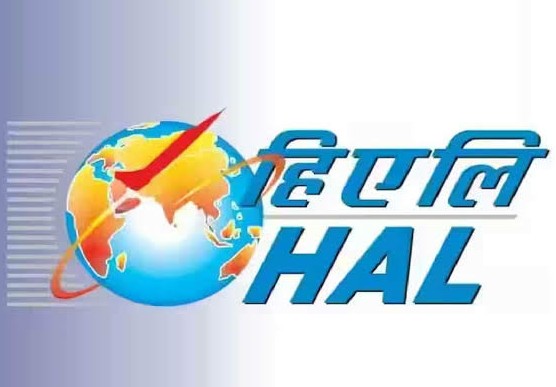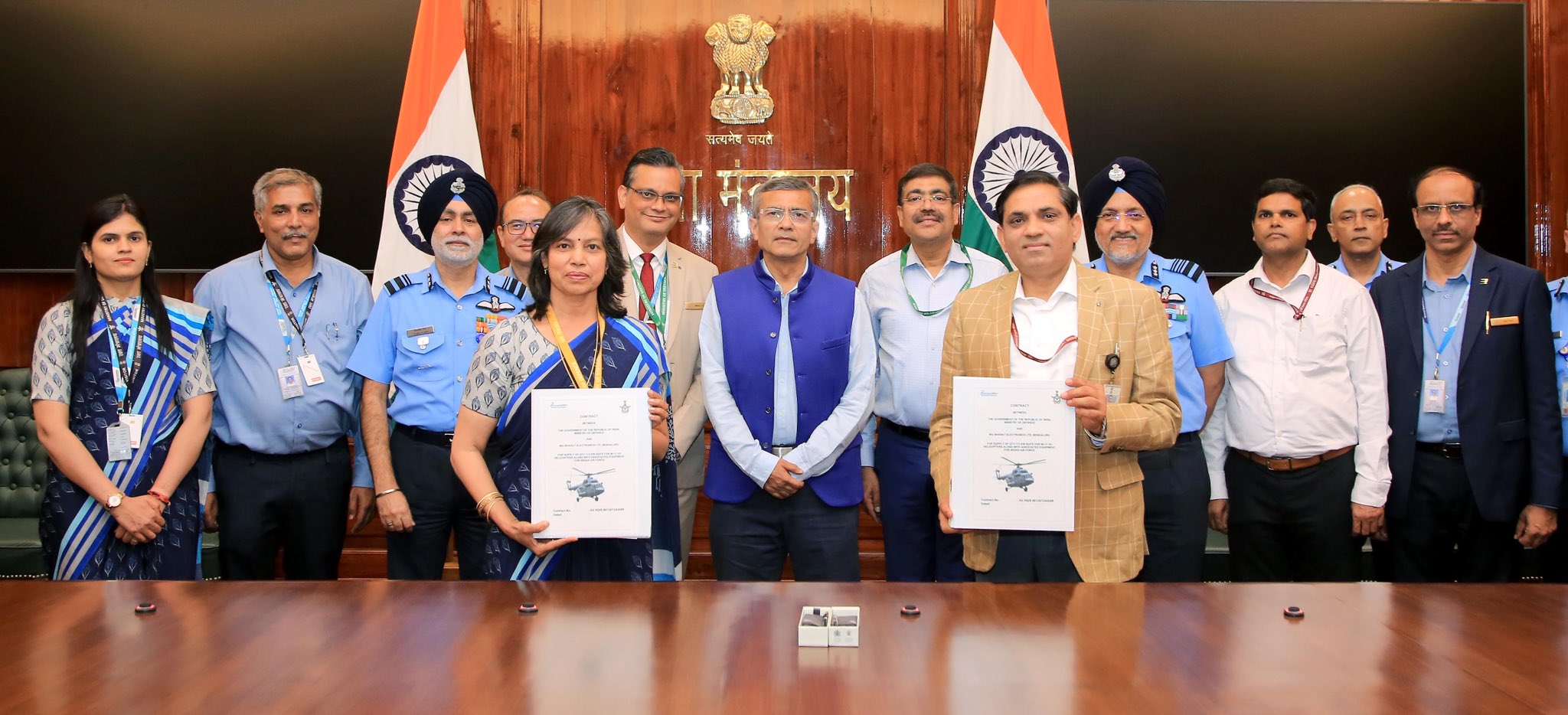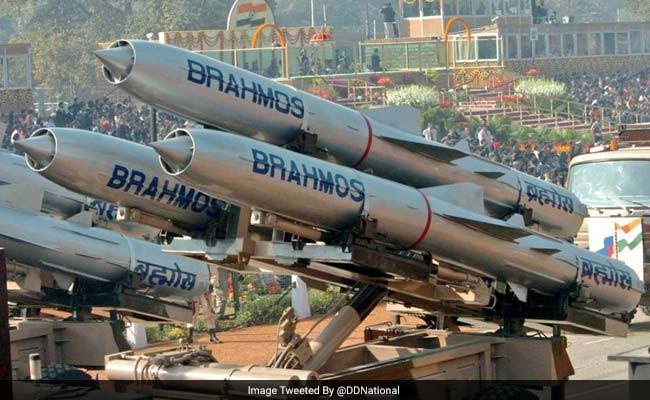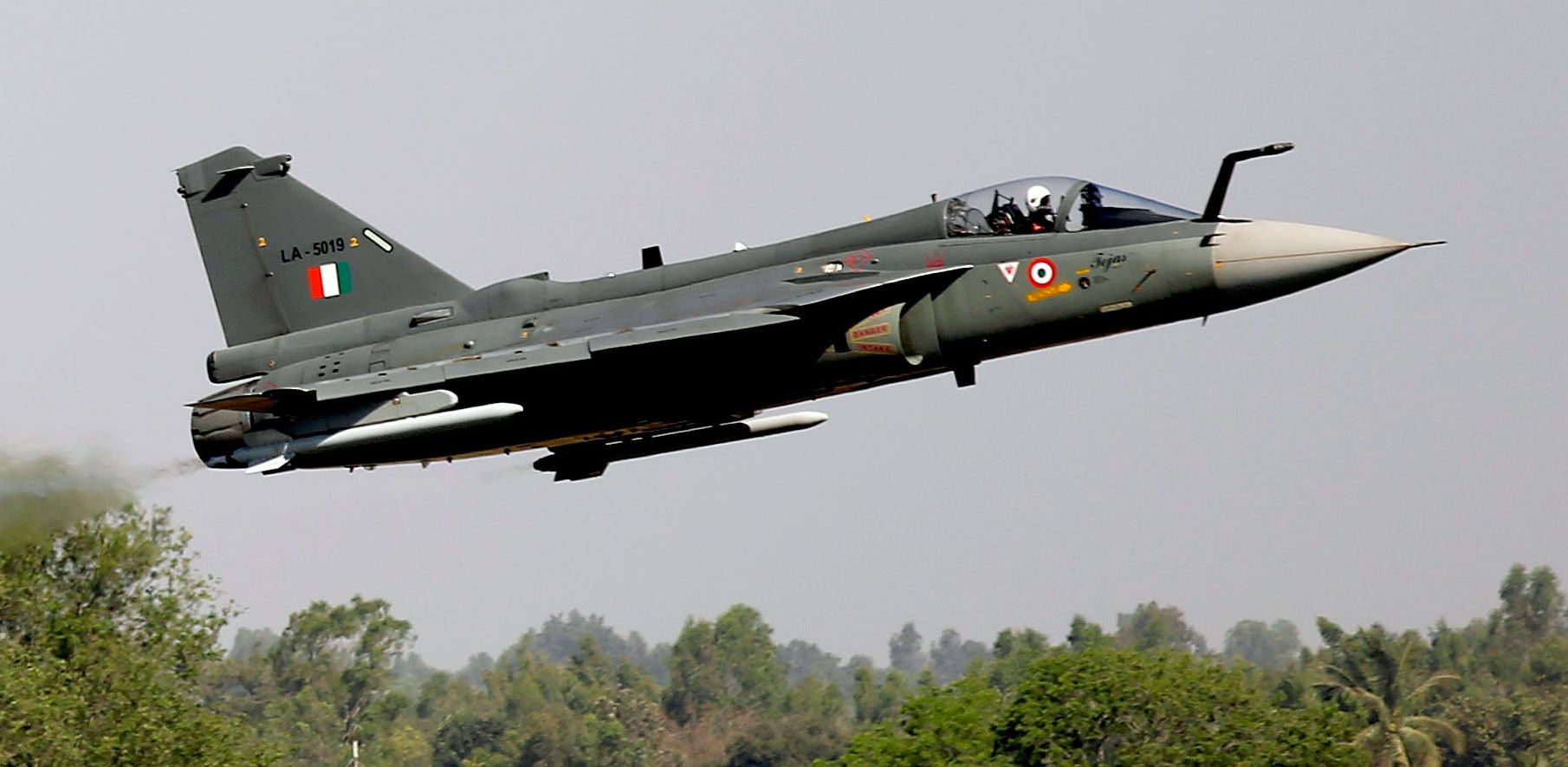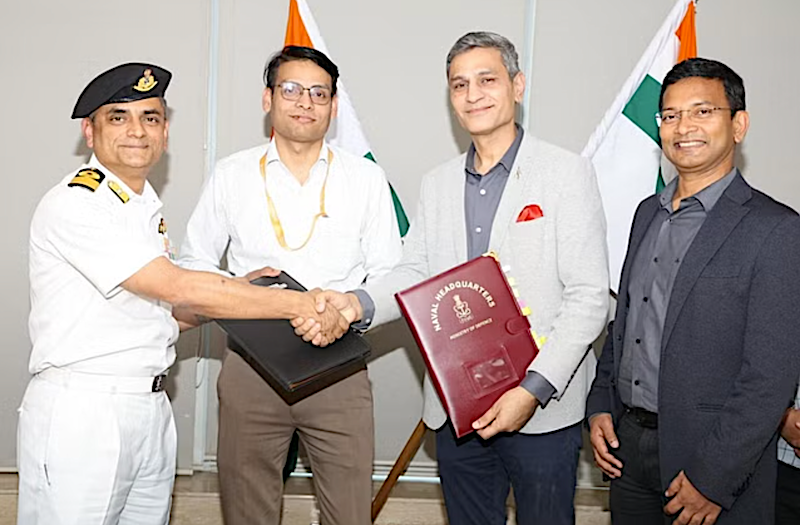 NewSpace CEO Sameer Joshi (2R) shakes hand with an Indian Navy official in presence of an MoD official and NewSpace COO Julius Amrit (R) during the signing of the deal. (Photo: MoD)
NewSpace CEO Sameer Joshi (2R) shakes hand with an Indian Navy official in presence of an MoD official and NewSpace COO Julius Amrit (R) during the signing of the deal. (Photo: MoD)
New Delhi: The Indian Navy signed a landmark deal with Bengaluru-based NewSpace Research & Technologies to design and develop a domestically built high-altitude pseudo-satellite (HAPS), on Wednesday. This initiative aims to bolster the Navy’s surveillance capabilities and reduce dependence on foreign technology.
HAPS are long-endurance unmanned aerial vehicles (UAVs or drones) that operate at altitudes exceeding traditional drones, offering a satellite-like view for extended periods. The Navy’s HAPS will be solar-powered, enabling missions lasting for months compared to hours flown by conventional drones. This extended endurance translates to persistent monitoring of vast maritime areas, crucial for India’s vast coastline and strategic interests in the Indo-Pacific.
On this, the Navy, in a statement, said: “This contract signifies a significant leap forward for the Indian Navy’s surveillance prowess. The HAPS will provide us with continuous, long-duration monitoring capabilities, enhancing our maritime domain awareness.”
NSRT, founded by former Indian Air Force officer Sameer Joshi and Julius Amrit, is a private startup. It brings valuable experience to the table, having successfully developed scaled HAPS prototypes with electric motors and a remarkable seven-day endurance.
The final design for the Navy is expected to be significantly larger, boasting a 90-day endurance and a 35kg payload capacity. This payload bay could house a variety of sensors, including electro-optical and infrared cameras, or even radar systems, providing the Navy with a comprehensive data picture of the maritime environment.
The contract falls under the defence ministry’s Innovations for Defence Excellence (iDEX) initiative, which fosters collaboration between the armed forces and domestic industries. This partnership not only strengthens India’s maritime security but also fuels innovation in the country’s aerospace sector.
The Navy said its foray into the HAPS technology signifies its commitment to staying at the forefront of maritime surveillance.


